Kathleen Boyle took a trip to Tequila to discover that the town’s most famous product is a drink best enjoyed slowly…
Along the road that leads to Tequila, the blue agave plants shimmer against the dark volcanic soil and you’re reminded that this is a place intimately connected with its crop – the area is a UNESCO World Heritage Site due to its role in the production of Mexico’s most well-known export.
Driving past the endless rows of spiky, petrol-blue plants, you might glimpse a jimador working the field. Jimadors know precisely when and how to cut the agave plant down to its piña – its central core – which is usually after seven to 10 years of growth.
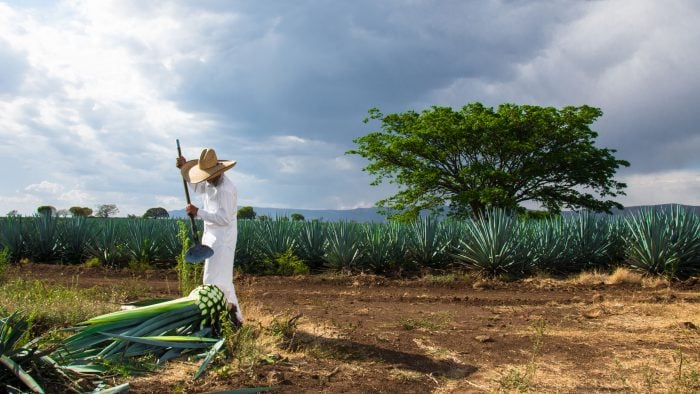
Most people arrive in Tequila from Guadalajara, Mexico’s second largest city. Although there are several organised tours to specific distilleries from Guadalajara, arranging your own tequila-tasting itinerary is preferable as it allows you to visit a range of distilleries and to explore Tequila. Aside from the 18th-century stone church and the central square, the informative National Museum of Tequila is one of the town’s highlights, with displays of vintage bottles, photographs and distillery equipment. The beverage has a long and fascinating history – the Spaniards began distilling it in the 1550s, based on the Aztec drink octli poliqhui.
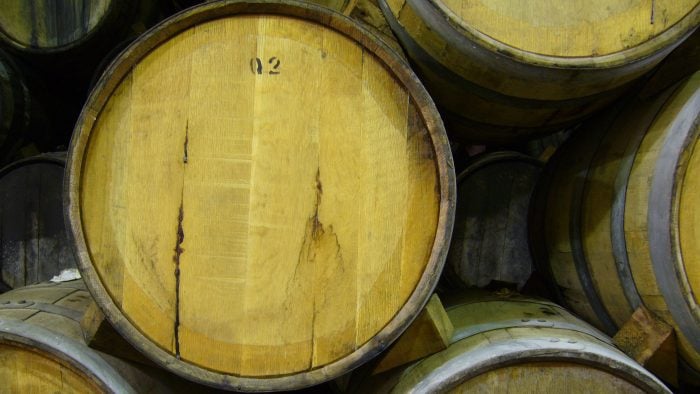
A good first stop is the Herradura distillery, which is in Amatitán, on the way into Tequila. Herradura is one of the more refined brands of tequila. On the tour we passed through their neatly landscaped grounds, past the giant ovens where the piñas, which do look like enormous pineapples, bake for a day or more, past the vats where it ferments, and to the various barrels where the reposado, añejo, and extra añejo tequilas age peacefully.
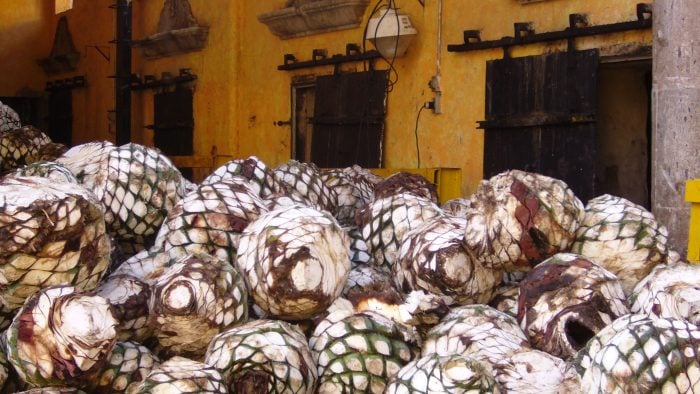
The tour ended in the wood-panelled tasting room where instructions in tasting tequila were explicit and had nothing to do with shots. We observed, swirled, and sniffed at our small glasses before taking a tiny sip. ‘Let it linger on your tongue, and breathe in, to let the flavours come out…’ instructed our guide. Amazingly, the flavour blossomed as we slowly savoured the high-quality liquid, distilled into something beyond the sum of its parts.
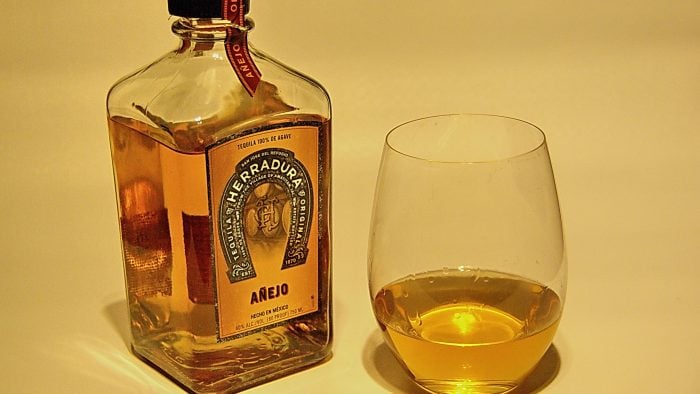
After the refined Herradura estate, a visit to the Jose Cuervo distillery in the town of Tequila, did feel like entering a party – somewhat strangely, as it is the oldest distillery in Tequila. While the tequila we tasted at Cuervo was definitely less refined, the tour gets much closer to the actual process.
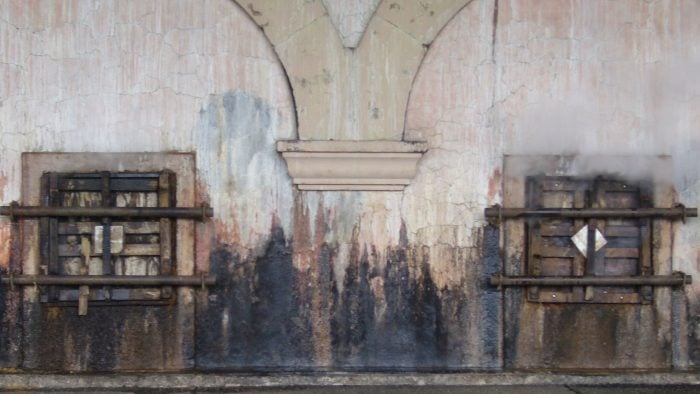
At different stages, a tray with shot glasses emerged for visitors to taste; this time there was no instruction in letting the liquid sit on your tongue. The Cuervo tour ended in a festive bar where everyone got a margarita; many visitors continued on to the adjacent restaurant.
A day of tequila tasting offers great insight into Mexican history and culture, but also an appreciation that there is much more to this drink than commonly thought.









